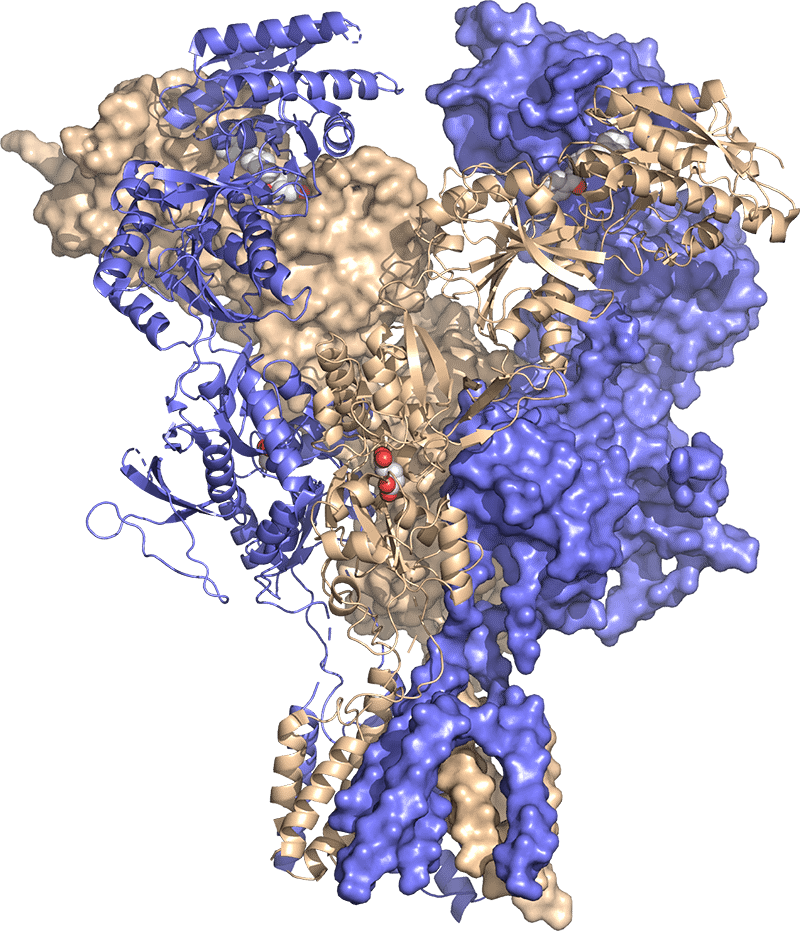Neuropharmacology of
Ionotropic Glutamate Receptors
Glutamate released from the presynaptic membrane readily diffuses across the synaptic cleft and activates ligand-gated ion channels present at the postsynaptic membrane. These ionotropic glutamate receptors are divided into three classes based on agonist pharmacology and structure, namely AMPA, kainate, and NMDA receptors. NMDA receptors are critically involved in many important neuronal functions, but also play overt roles in a variety of neurological and psychiatric disorders in the central nervous system. For these reasons, there is widespread interest in neuroscience to understand structure, function, and regulation of NMDA receptors for the purpose of developing new treatments for a number of diseases. The overall research goals in the Kasper Hansen lab at the University of Montana are to enhance the synthetic pharmacology of NMDA receptors (i.e. to develop novel agonists, antagonists, and modulators) and to identify and validate new strategies and targets that can be exploited for therapeutic intervention.
